The current developments in space exploration are propelled by international cooperation and essential support from the private space sector. China has emerged as a major power in space and is now a significant competitor with NASA’s human space programs.
China has been developing a reusable autonomous space plane called Shenlong to rival the US’s X-37B Orbital Test Vehicle. The Chinese spaceplane, known as Chongfu Shiyong Shiyan Hangtian Qi (CSSHQ), recently concluded its second test flight after spending 276 days in orbit.
The details of China’s space plane program have remained shrouded in mystery since its inception.
CSSHQ-1, the first test flight of the Chinese spaceplane, lasted only two days in orbit. CSSHQ-2, the second test flight, took off from the Jiuquan Satellite Launch Center in August 2022 and reportedly landed back at Jiuquan on May 8th.
China has been persistently pushing its space activities with moon missions, its own space station, and even a historic Mars mission. The 276-day journey of the Chinese space plane was considered a success and an important breakthrough by the Chinese state news agency Xinhua.
The spacecraft successfully executed numerous maneuvers during its flight, and it even managed to release a small satellite into orbit. The purpose and nature of the satellite released by the Chinese spaceplane remain unknown.
Similar Post
The landing location of the Chinese space plane is believed to be the Lop Nur military base in Xinjiang, according to orbital tracking information and satellite pictures. However good China’s research into reusable spacecraft technology is, it falls short compared to the X-37B’s capabilities. China Aerospace Science and Technology Corp. has developed the Shenlong space plane.
The Chinese spaceplane was reportedly landed at the Jiuquan Satellite Launch Center, although there are indications it may have occurred at the Lop Nur military installation.
The Chinese spacecraft launched from the Jiuquan Satellite Launch Center in August 2022 and launched an unidentified object into orbit in October.
Reusable spacecraft technology is of interest to many space players. The Indian space agency ISRO is already developing an unmanned, reusable spacecraft. Dawn Aerospace is moving ahead in a similar direction with a reusable space plane. The success of China’s experiment with reusable spacecraft puts them ahead in the race to develop dependable reusable spacecraft technologies.

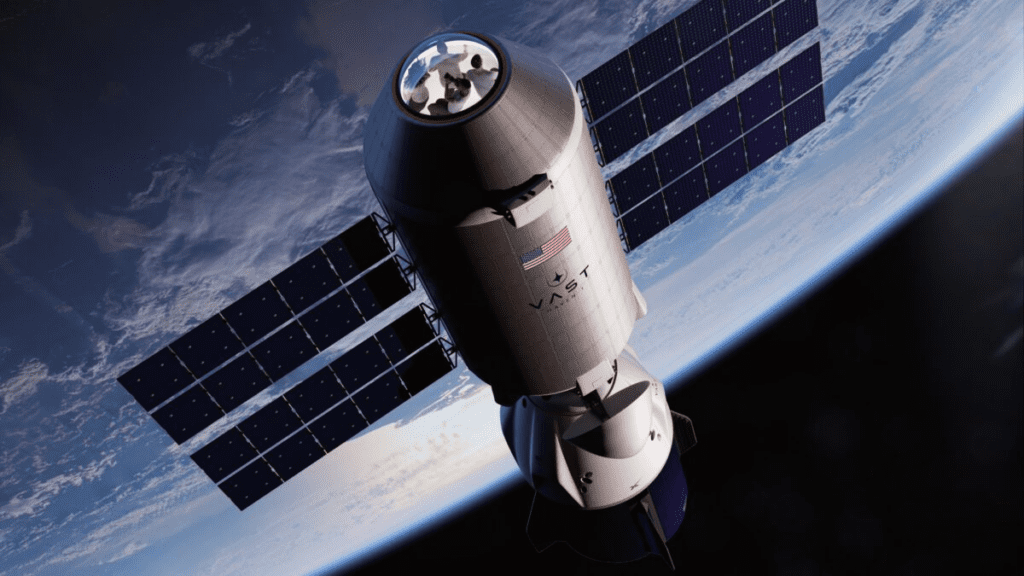
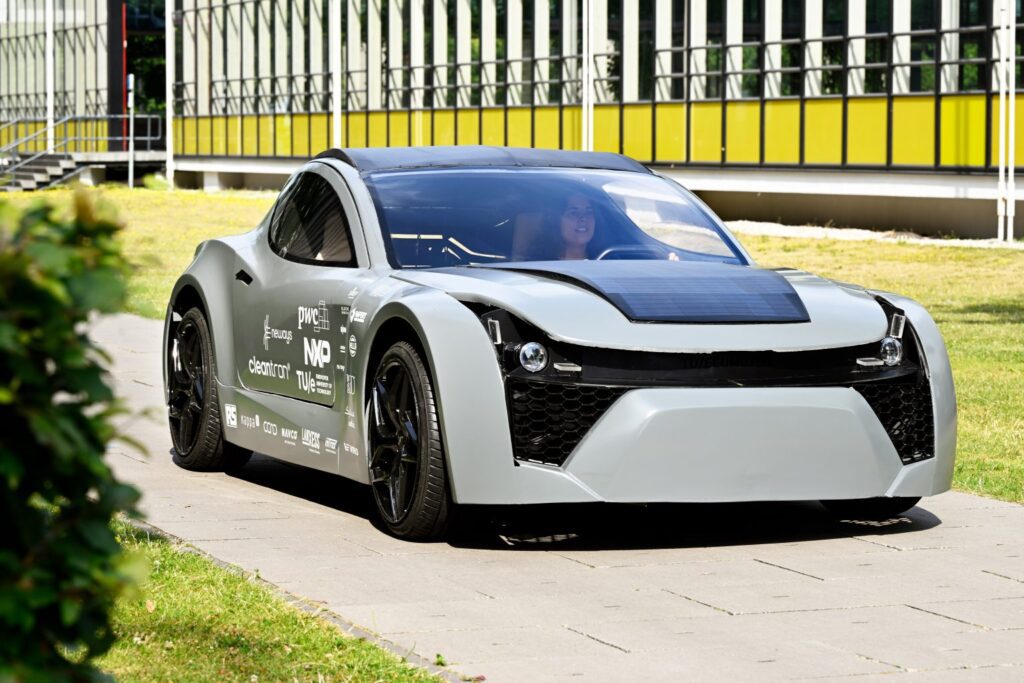

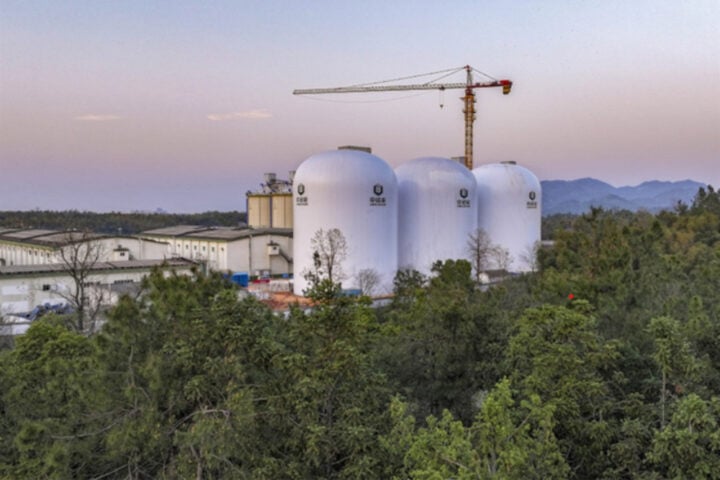
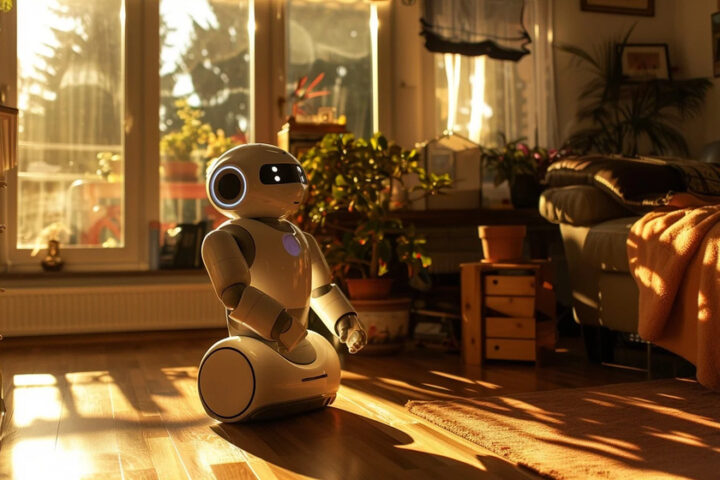
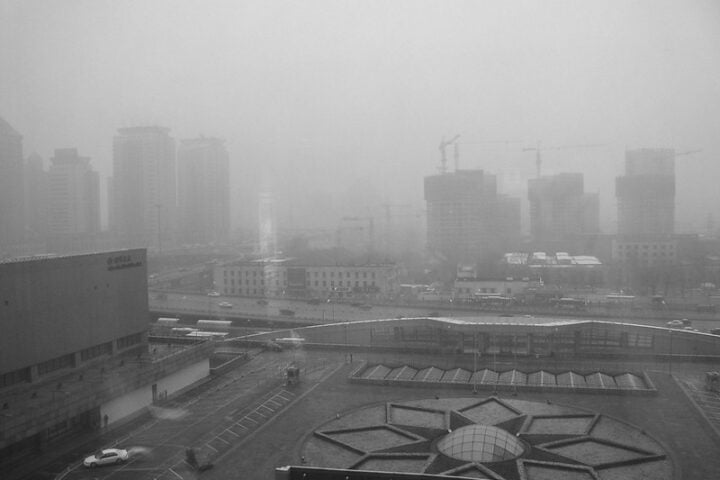
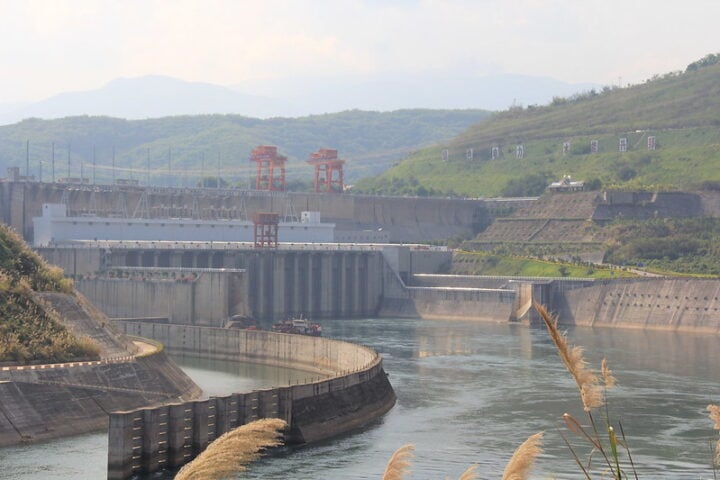

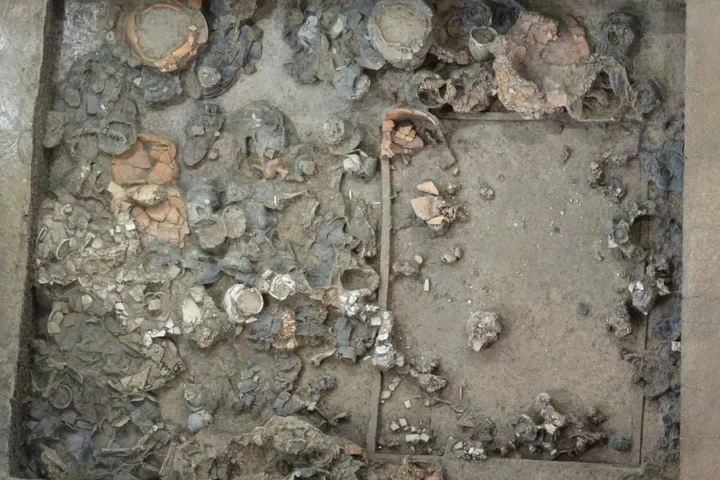
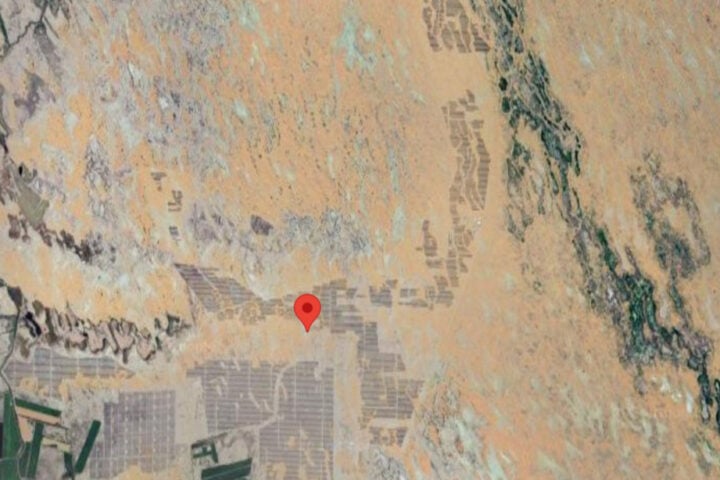
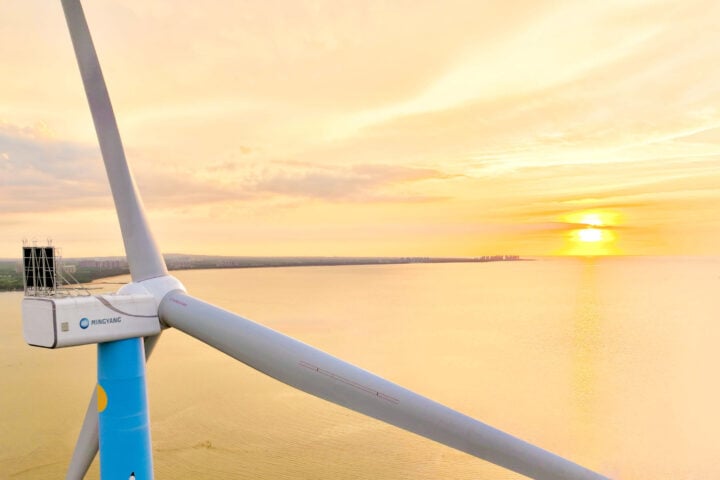
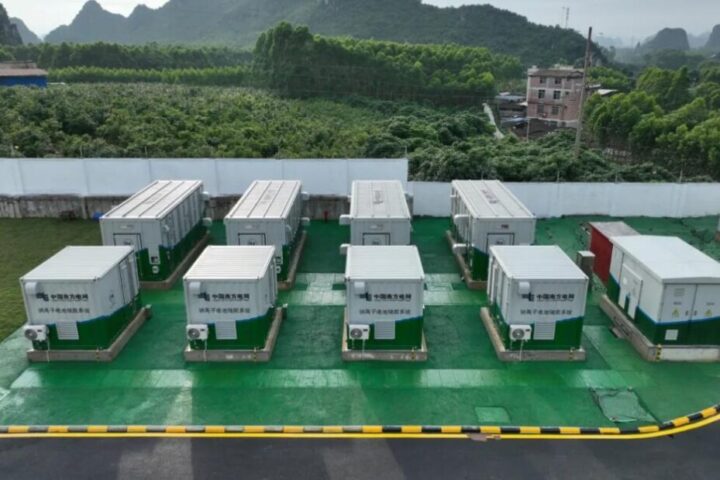
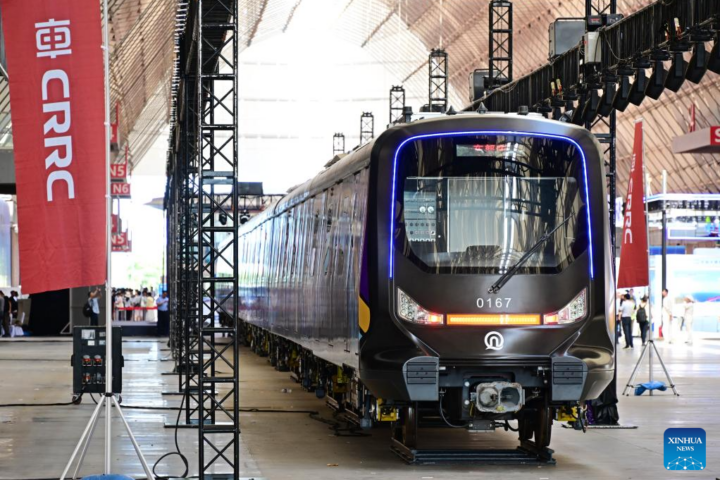
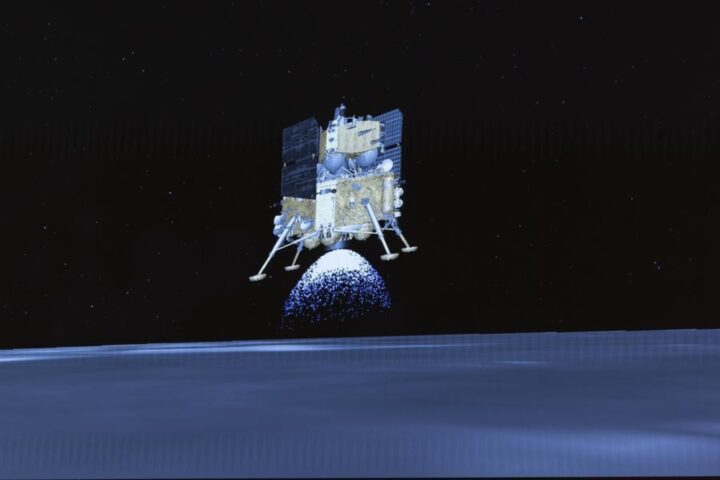
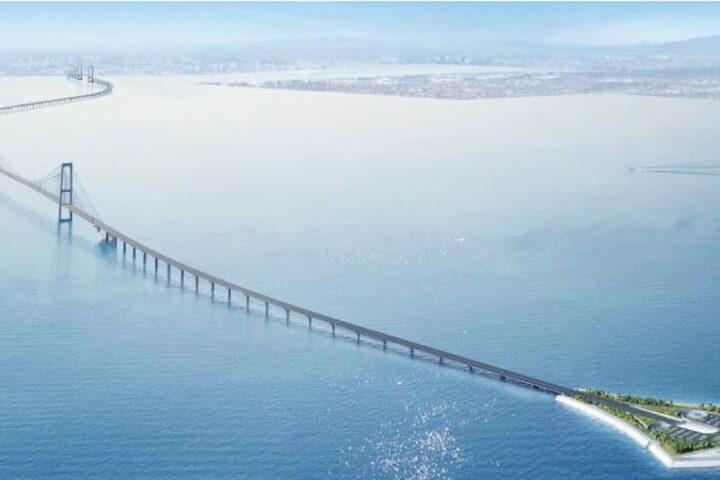
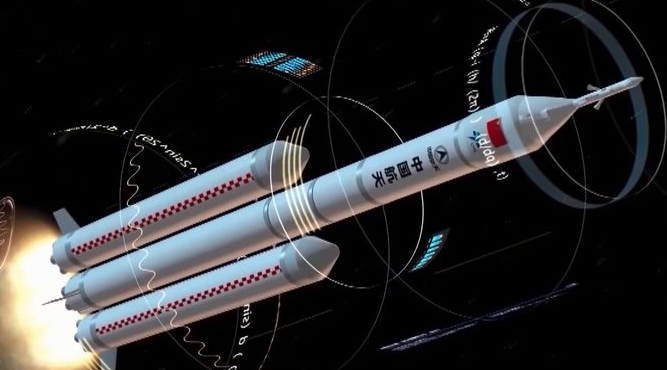
![This image taken from video animation at Beijing Aerospace Control Center (BACC) on June 2, 2024 shows the lander-ascender combination of Chang'e-6 probe landing on the far side of the moon. [Photo/Xinhua]](https://www.karmactive.com/wp-content/uploads/2024/06/spp.jpeg)
